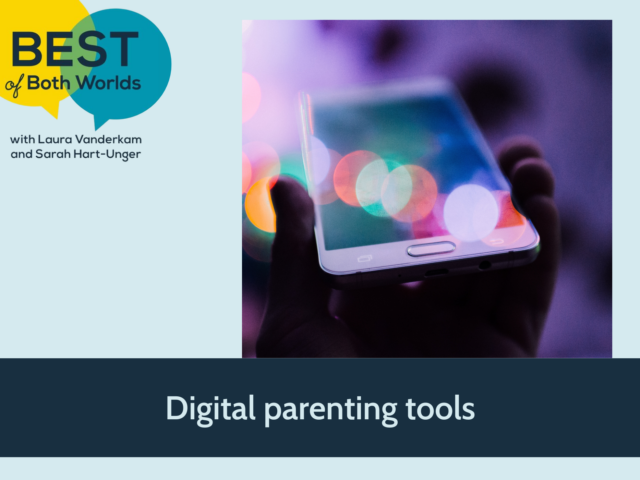We live in a high tech world, so the available tools affect how we run our households. In this week’s episode of Best of Both Worlds, Sarah and I talk about how people use generative AI, subscription services, shared calendars and lists, digital assistants and other things to help manage the show.
In the Q&A, a listener writes in wondering when kid birthday parties switch from being family-centered to friend-based, and whether there’s a way to combine the two.
Please give the episode a listen! And please consider joining the Best of Both Worlds Patreon community. In addition to an active discussion forum (3-4 topics per week), we have monthly online gatherings where we discuss work/life related topics. On November 28th we’ll be gathering (via Zoom) to discuss our next book club selection, Virginia Sole-Smith’s Fat Talk.
Then on December 12th Sarah will lead our annual goal-setting workshop, during which she’ll guide us through various exercises to plan the upcoming year. This workshop is always a huge hit. As one community member told Sarah, “The goal setting Patreon you did last year was AWESOME and I think I have had a great year partially because of spending an hour with you and Laura on that call.”
Membership is $9/month. Hope to see you there!
